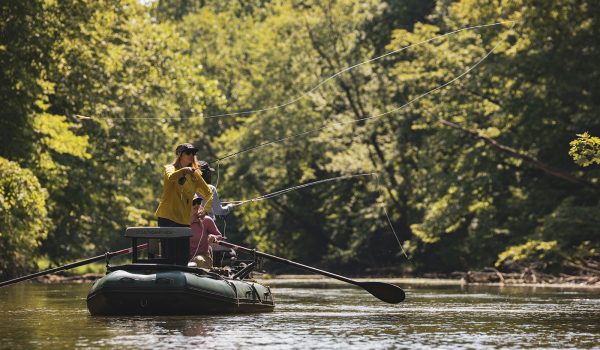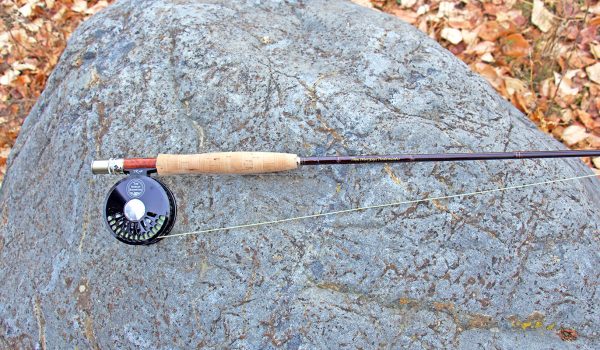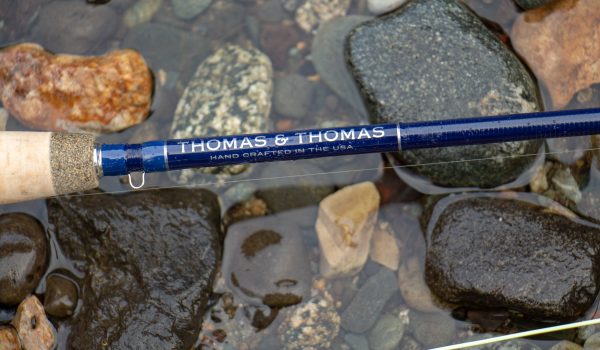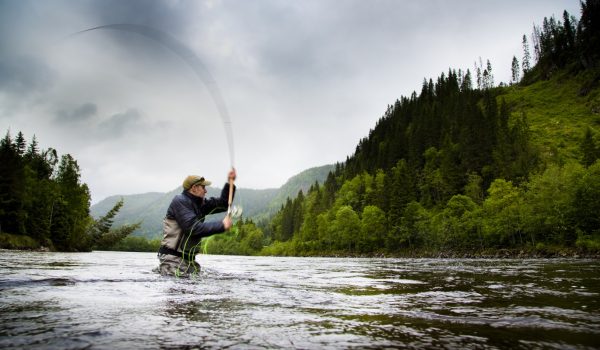
The Best Fly Rods
When testing fly rods, our lead tester coordinates a team of amateur and professional anglers − including other outdoor journalists, photographers, fishing guides, fish biologists and game wardens − to use the rods in a variety of conditions in a broad range of locations. We fish small creeks, big western rivers, small warm-water potholes and deep mountain lakes. To get a full range of action on the rods, we cast nymphs, streamers and dry flies. We throw tiny weightless trico patterns and big foam-bodied grasshoppers. We dredge the bottom with heavy tungsten-weighted Pat’s stonefly nymphs and just break the surface with feathery hare’s ears.
We have broken fly rod coverage into two core categories: Fly Rods for Trout Fishing and Specialty Fly Rods. The general-purpose trout rod represents the largest component of the fly fishing market. The most common fly rod size sold today is the 9-foot, 5-weight. This configuration provides the best versatility when targeting trout in a wide range of conditions and water bodies. Rods designed for 4-weight or 6-weight lines are also popular and fit within the “trout rod” category. Specialty rods include a broad range of rod designs and configurations, including everything from lightweight rods for warm-water species, to heavy single-handed rods used to target big, salt-water fish, and even the long, two-handed spey and switch rods used primarily for salmon and steelhead.
How to Select the Right Fly Rod for You
The Best Fly Rods by: Dan Nelson
Because of the relatively small size of the fly fishing market, new gear technology evolves slowly. The fly fishing market lacks the mass of buyers needed to drive new product growth like that of larger categories (hiking, climbing, kayaking, etc.) but when changes do come about, they can be dramatic.
Fly rods have evolved significantly in the last couple hundred years. Even through the 1800’s many every day anglers used simple, slender tree limbs or long sections of bamboo cane as their ‘fishing pole.’ During the 1800’s rod designs learned to split bamboo into thin wedges, shave those sections into precisely tapered lengths, and glue them back together to form a well-engineered ‘split-bamboo’ rod. Split bamboo dominated the fly rod market for decades − even today, many anglers favor the classic performance of split-cane. But through the early 1900’s, rod makers started to develop rods from other materials. Aluminum and steel rods were introduced in the 1930’s but fell out of production when American manufacturers channeled every bit of spare metal into the war effort during the 1940’s. Plastic was tried, but fiberglass presented the first big swing away from bamboo as the standard in the industry. The popularity of fiberglass waned in the 1980’s and 1990’s as carbon fiber and other composite materials found their way into the rod-makers’ workshops.
While split-cane bamboo and fiberglass rods enjoy renewed popularity, composite rods dominate the market. And within the composite world, engineers have learned to experiment with different fibers and resins in precisely engineered designs to achieve the specific performance advantages they seek. With the right blends of materials and design, today’s product might be a slender, sensitive slow-action rod that mimics the classic grace of a hand-built bamboo rod. Or it could be a powerful fast-action wand that throws line further and faster than any fly angler would have dreamed of just a few decades ago.
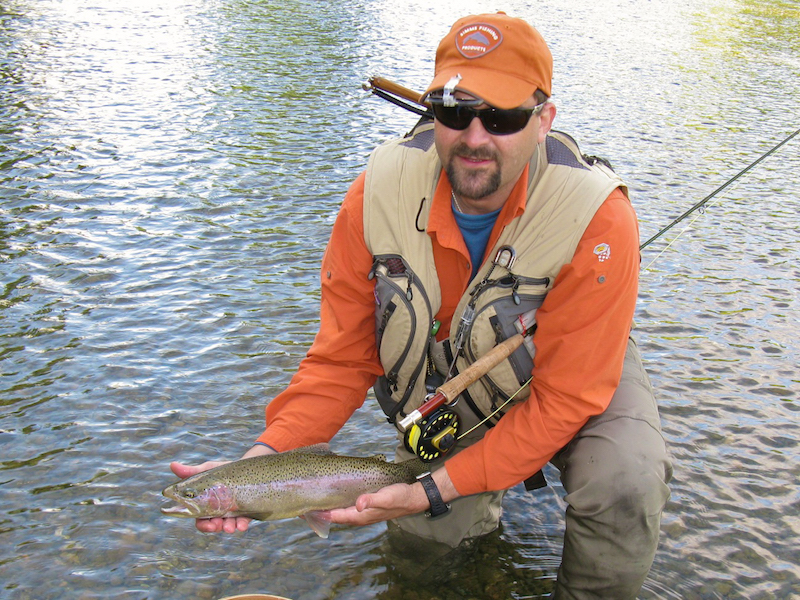
1. Choosing Your Rod Configuration
Because a fly rod serves as an extension of the angler’s arm, selecting the right rod is intensely personal in nature. Each angler will have to select the rod that best suits their needs, skills, styles and desires. The goal of our reviews in this category is to provide information that can help make those individual decisions easier and more enjoyable.
Rod Weight
One of the chronic handicaps novice anglers face is understanding the basic nomenclature of the core fly fishing gear, including rods.
Fly rods are generally listed as different ‘weights’ but this doesn’t have anything to do with the physical weight of the rod. When describing the size of a rod, the ‘weight’ refers to the size of the fly line for which the rod is designed. So, a 5-weight fly rod is made to cast a 5-weight fly line. Fly line weight, meanwhile is a hold-over reference to an antiqued method of weighing fly line and today, line weight is measure in grams per section of line.
Fortunately, anglers don’t need to know the conversion factors. Just plan on using 5-weight lines on 5-weight rods. It is worth remembering, though, that unlike other forms of angling where a heavy lure ‘pulls’ line out to the fish, in fly fishing, it’s the physical weight of the line that carries a nearly weightless lure to the fish. And the action of that weighted line helps determine the performance of the rod.
Rod Action
The first step in finding a fly rod requires identifying your specific casting style and ability. Some anglers prefer the classic old metronome-like four-count rhythm of casting style developed with the soft, slow-action split-cane bamboo rods. Many novice and intermediate anglers favor this smooth rhythm casting. Others tend to want to throw a lot of line as fast and as far as possible. Sometimes it’s the only means of reaching distant fish, but sometimes it’s because these casters lack the patience for their line to fully ‘load’ the rod (i.e., letting the full length of airborne line unfurl on the backcast) before starting a forward cast.
The time and action needed to load a rod determines the rod ‘speed.’ Rod designers talk about fast action rods, medium-fast, medium and slow action rods. Some now even boast of ultra-fast action rods. The ‘action’ in these terms refers speed of the casting motion needed to fully accelerate the fly line so it loads the rod completely during the forward and back casts. In many cases, the faster the rod, the stiffer it is, but that’s not always the case, and most modern rod builders have learned to engineer each section for a specific purpose. So, an ultra-fast action rod that offers good casting accuracy might have a stiff butt and mid-section, but a very flexible tip. Aside from stiffness, the nature of the composite and resins in the rod blanks themselves impacts the speed and performance of the rod.
Most rods today are clearly marketed as fast, medium-fast or medium action rods, and the majority of rods sold today are fast or medium-fast as they are generally versatile enough for novices and experienced casters alike.
That said, methodical casters will be happiest with medium to medium-fast action rods, while power-driven casters might want a fast action or even ultra-fast action rod. Note, however, that the faster the rod, the more skill needed to cast accurately and effectively.
Fishing Styles
The other core consideration before searching out a new rod is identification of your needs. What type of water will you fish, and what fish will you target? Do you plan to stick with one type of river, lake or stream, or will your targeted waters be diverse and unpredictable?
Anglers who want a single rod capable of covering the broadest range of fishing situations, anglers will want a 4- to 6-weight medium-fast to fast action rod. This type of rod typical offers the best versatility − it may excel at one specific type of fishing, it should work well in a range of situations, from tossing light nymphs under an indicator, to stripping heavy streamers, to chucking big meaty foam grasshopper dry flies or tiny weightless mayflies.
Many of us, however, tend to fish primarily in one type of water, or in a narrow category of waters, and that means a less versatile rod can be considered. For instance, for ‘skinny’ water like small mountain streams or lowland creeks, a shorter length rod with a lighter weight line might be ideal. A 9-foot rod can be a hindrance on a 10-foot wide stream. In this situation, a 3- or 4-weight fiberglass rod of 7 feet might be ideal. Frequently, the trout in these small streams can be easily spooked, so a rod with good tip flex and feel can deliver delicate casts gently onto the water.
2. Rod Fit and Feel
Your fly rod acts as a physical extension of your arm, making your interaction with it very personal. The way the rod fits in hand and feels during use is as important as the other performance characteristics of the rod.
With that in mind, when evaluating fly rods, our testers consider the rod’s Fit in Hand/Grip Design. In this, we look to make sure the rod has been used by a range of testers who help determine if the rod’s grip fits comfortably in both small hands and big calloused mitts. We consider the shape of the grip; an aggressive taper can create hand fatigue when fighting back-to-back fish, or even when struggling to cast against strong winds all day. An overly ‘fat’ grip, meanwhile, can be cumbersome in small hands, leading to hand fatigue.
Closely tied to Fit in Hand is the Weight & Balance of the rod. A full day of fishing can require dozens, if not hundreds, of casts and false casts over the span of several hours. A rod that is too heavy, or doesn’t balance well with its reel, can hasten arm fatigue. Worse, a heavy rod can lead to less ‘feel’ when it comes time to set hooks on delicate takes. Generally, a heavier but well-balanced rod will earn a higher score than a butt-heavy rod that’s slightly lighter overall.
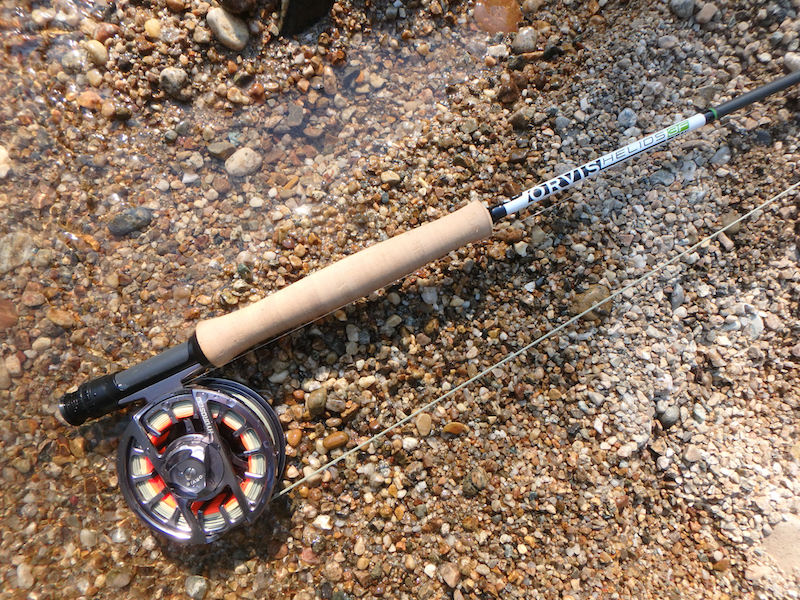
3. Rod Performance
In rating performance of the rods, we look first at Casting Accuracy. Modern rod designers utilize advanced engineering to achieve remarkably precise tapers from butt to tip. Depending on the materials used, the specific taper selected, and thickness of section walls among other things, designers can minimize rod vibrations, increase ‘spine strength,’ and maximize ‘loading speed’ during the casting actions. The ability to minimize tip vibrations especially helps ensure precision accuracy in casting − removing vibrations prevents the rod tip, and therefore the line, from drifting side-to-side. By putting the rods in the hands of anglers of different skill levels and casting styles, we can accurately assess the rod’s overall accuracy − at least compared to the other models in the test.
While accuracy is often the key to fishing success, getting flies out to where distant fish reside can increase the potential for success. So, we evaluate each rod’s potential Casting Distance. This can be highly subjective since some methodical casters can fling a line further with a medium or medium-fast action rod than they can with a powerful fast action rod, while some power casters have trouble reaching out with those slower action rods. Again, having a range of anglers providing feedback gives us a good assessment of each rod’s intrinsic casting capabilities.
Casting, though, provides just the start of the rod’s importance. Once a fly has been accurately placed before a distant fish, and that fish has snatched the offering, the rod provides the means of controlling that caught-fish as you move it from its watery home to your net. So, the rod’s Fish-On Performance is considered by our team. We evaluate the strength of the rod’s butt section to lift and control hard-charging trout and deep-diving bass. We consider the finesse of the tip in keeping the line taut without applying undue pressure on fine tippets. Mostly we ‘feel’ how the rod acts as we try to land fish as efficiently as possible so those fish can be safely released back into the rivers.
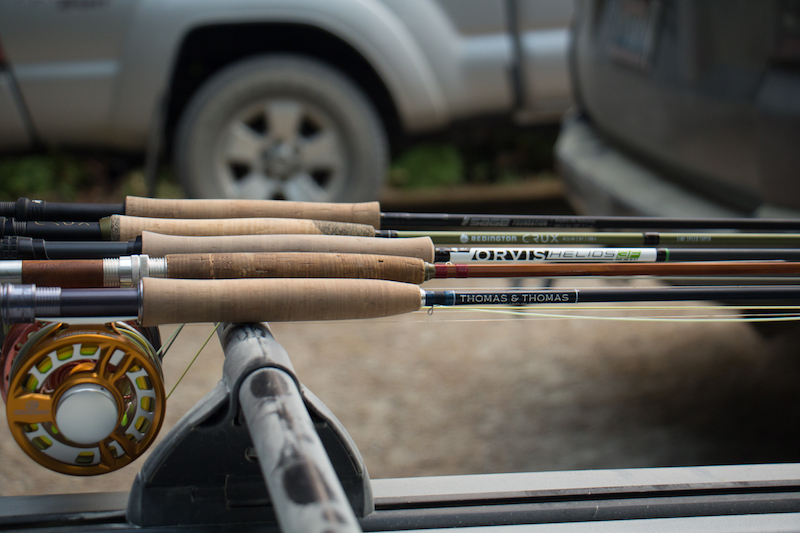
4. Rod Versatility
Finally, each member of the test team uses their own judgment to consider the overall Versatility of the rod. When compared to other rods in the test, how versatile is it? Can the rod be used to fish heavy nymphs all morning before pressing it into use as a dry fly stick during an afternoon caddis hatch? Can it lever bass out of a weedy lake as well as finesse brook trout out of an alpine tarn?
Since they essentially function as an extension of the angler’s arm, fly rods are intensely personal in nature. Each angler will have to select the rod that best suits their needs, skills, styles and desires. The goals of our reviews in this category is to provide information that can help make those individual decisions easier and more enjoyable.
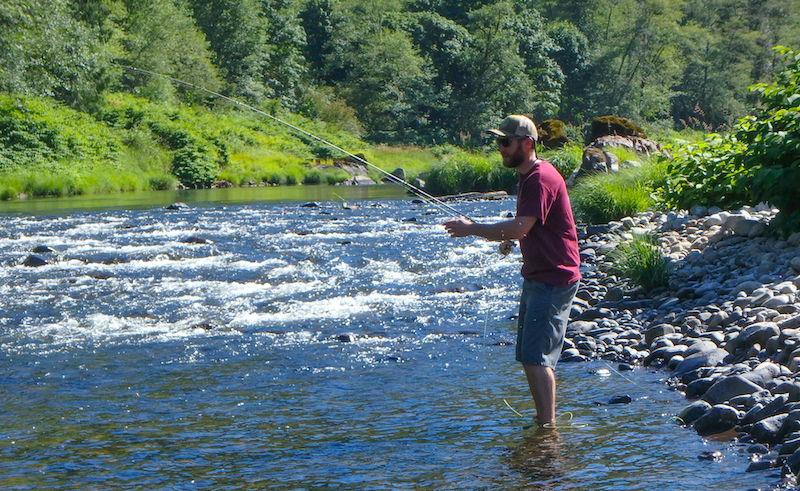
5. Price and Personal Connection
The reviews here on Gear Institute focus on the core characteristics of each rod we test, and this information can be invaluable to anglers searching for a new rod, whether it’s their first fly rod, or just the latest in their quiver of wands. But to really make a well-informed buying decision, reading the Gear Institute reviews should be just the start of the buying process. Rods − as a literal extension of your own arm − are as personal as any piece of gear can be. The rod must not only meet your needs and skill levels, it must “feel” right.
Another vital consideration for most anglers is price and value of a rod. Today, some high-end graphite and composite rods sell for $750 or more, with many going for around $500. New bamboo rods can sell for several thousand dollars. These rods tend to hold their value over time, meaning they can be resold down the road for a good percentage of that original purchase price. But that resale value isn’t guaranteed and it really only factors in for anglers who plan to buy and sell different rods over the course of their angling life. Also keep in mind that price isn’t necessarily an indication of performance.
Anglers on a budget might consider lower priced rods so they invest in other quality gear for their angling activities: reels, waders, wading boots, flies and accessories, etc. Finding a balance of performance, personal fit and price that fits your needs can be easily achieved.
Use the reviews here to help narrow your search, then get out and cast some demo rods. Many custom fly shops will have loaner rods, that can be checked out for a day’s use or at worst, they’ll let you take it out onto a nearby lawn or pond to test cast it. Do this. Cast several different models, and make sure you tie on different sized flies. Note that if you are test casting on lawns, using various weighted ‘dangles’ instead of flies to avoid hooking something in the grass. I usually carry a small tangle or yarn to represent a modest dry fly, a cluster of five or six rubber bands knotted together to mimic the weight and mass of heavy foam hopper or streamer pattern, and maybe a couple different sizes or ‘thingamabobbers’ or other floats to add onto the leader to get a feel for casting a weighted nymphing rig under a big indicator.
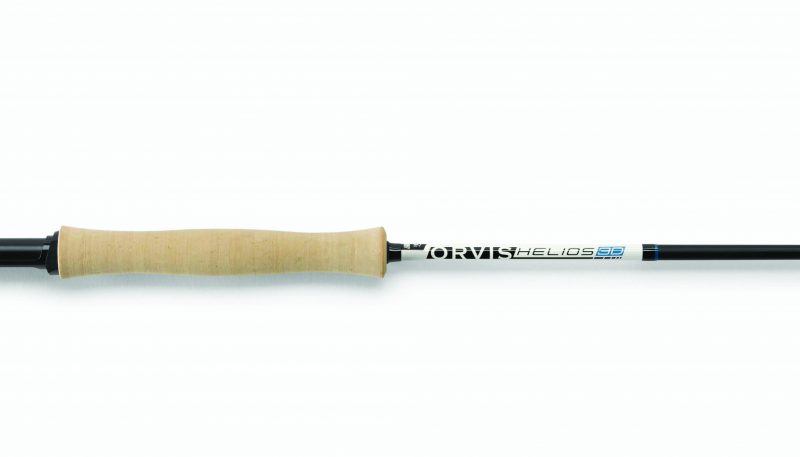
The Orvis Helios 3D performed every task asked out it with precision and easy. The Helios blanks offer greatly reduced vibration in the casting motion, making this family of rods among the most accurate, and furthest-casting, rods we've tested. The 8-wt Helios 3D takes advantage of that design to the fullest, making it the most accurate distance casters in the test. The rod's price is steep, but the performance is unmatched, making it a rod everyone should at least consider when looking for a new salt-water stick.
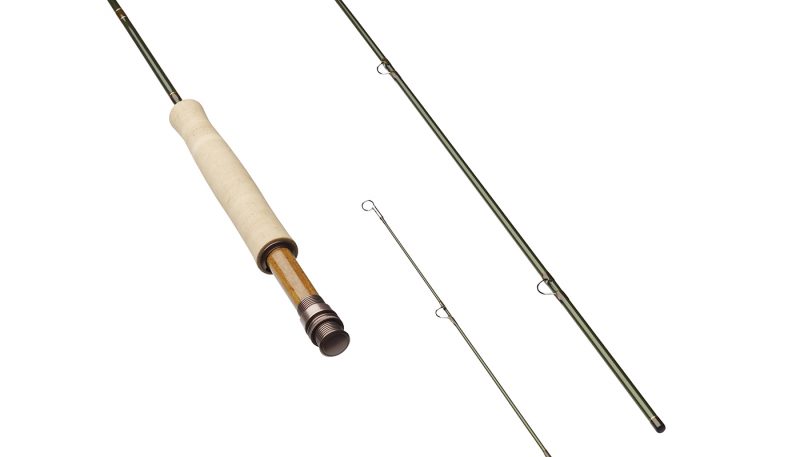
The Sage Dart offers a unique approach to small stream fishing. The fast-action blank wants to throw long lines, yet the short overall length and flexible tip give the rod the sensitivity needed for control and placement of tiny dry flies. In short, the Dart powerful performer in a finesse game. We found the rod excelled in small to medium-sized streams where short, powerful casts were needed to beat strong wind or combat tight casting environments. The stiff mid-section gives the little rod power and speed in roll casting, while the soft tip turns over flies for perfectly for gentle presentations.
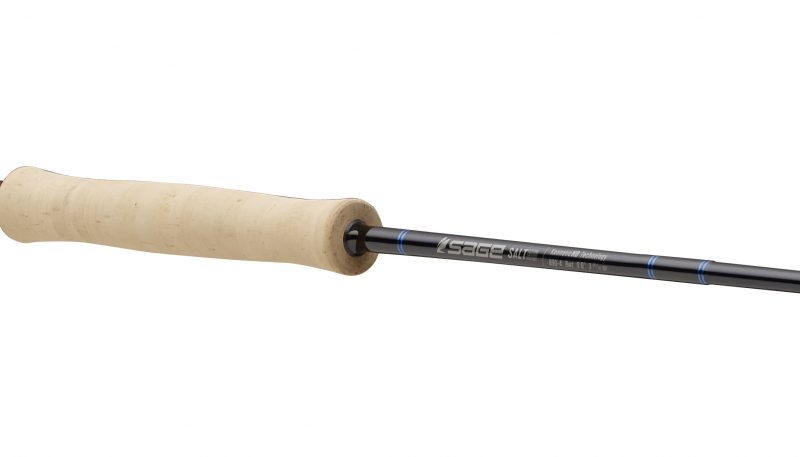
The Sage Salt HD is a high-powered weapon when it comes to slinging line. The Salt HD is capable of hitting great distances with little effort, thanks in part to Sage’s propriety Konnetic composite materials. This proprietary compost material gives the rod great power at a low weight. As a result, a long day of casting heavy saltwater flies won't leave anglers' arms so fatigued that they can't lift a cold beer on the beach. But though the Salt HD offers great range, it does lose a bit of finesse and accuracy in the cast, making a bit less effective when precision is needed as well as pure power.
Best for General Purpose Fishing
Thomas & Thomas Exocett 908-4
Fishing, Fly Rods & Specialty Fly Rods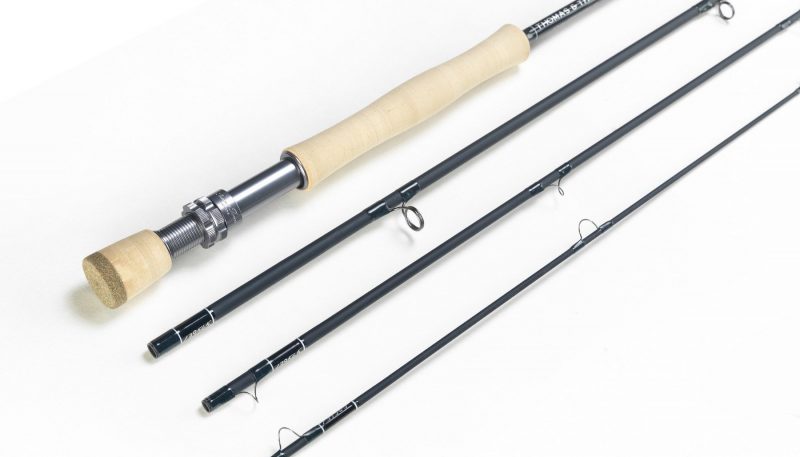
The Thomas & Thomas Exocett 908-4 meets challenges of a variety of salt-water fishing situations. The rod is better than average across the board, with its strongest suit being its ability to power accurate casts in the mid-range distances. The accuracy of the cast drops off at longer distances, but the fast-action rod can throw a lot of line when called on to do so. The Exocett is a good all-around option for those looking for a nicely finished American-made salt-water rod.
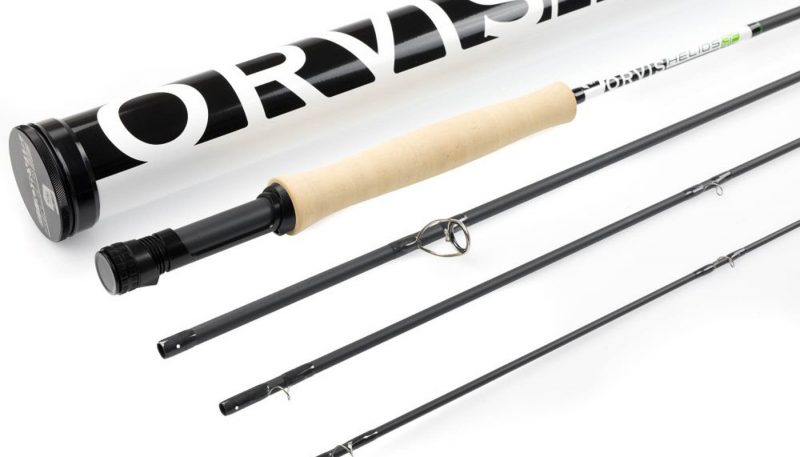
The Orvis Helios 3F delivered the best all-around performance in a trout rod I have every experienced. Other team members reported the same experience — the Helios 3F is designed for precision casting accuracy, with exceptional distance performance as well. The rod proved stiff enough to handle heavy streamers, but fine enough to afford exceptional touch with tiny dry flies. The only knock I could lodge against the H3F was the placement of its prominent white label on the rod base — I spent the first week of fishing trying to figure out how to peel off what appears to be a big paper sticker.

The R.L. Winston Pure 490-4 won the hearts of testers when used in classic dry fly situations. The Pure’s moderate action allows for smooth, delicate presentation of dry flies out to 35 or 40 feet with ease. The Boron III rod blank gives the Pure plenty of power in that same range, pushing flies through stiff winds as well as most fast action sticks. Beyond that 35- to 40-foot range, the Pure struggles with both accuracy and distance. The Pure offers both power and finesse within its range — a tough combination to achieve. The Pure proved to be an ideal trout rod for anglers favoring dry flies in short to mid-range casting distances.
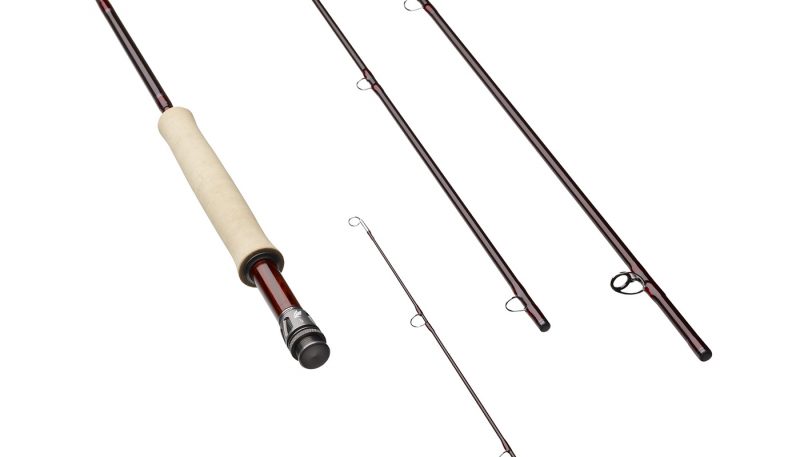
The Sage Igniter requires plenty of speed and a lot of line to fully load, but once loaded, the Igniter casts a like a cannon. It throws heavy flies great distances with good speed and accuracy. The Igniter proved especially adept at delivering big dry flies like hoppers and salmon flies across broad rivers, even in windy conditions. Indeed, the Igniter seemed designed specifically to beat gusty winds. At short distances, the Igniter is awkward and struggles place flies cleanly — the rod just won’t load properly with less than 25 feet of line in play. But beyond that range, the Igniter is hard to beat for power and performance.
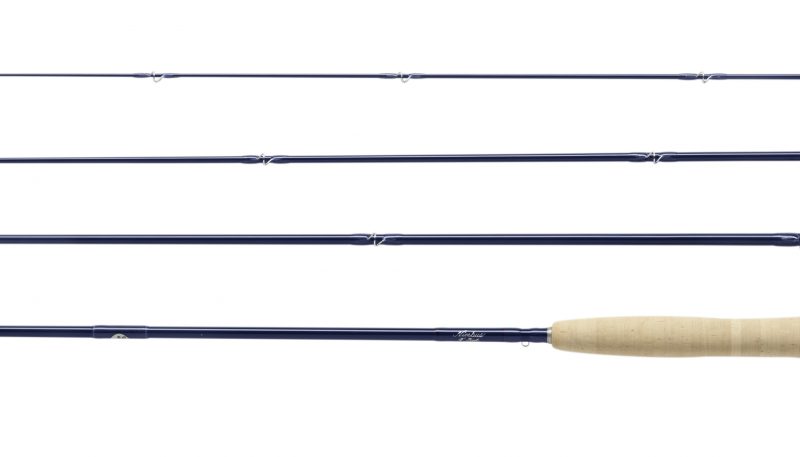
The R.L. Winston Nimbus takes advantage of the award-winning tapers and rod designs featured in Winston’s Boron series rods, but employs pure carbon fiber composites to reduce costs. The Nimbus delivers good accuracy and casting distance, falling behind only the class-leading Orvis H3F in both performance categories. The Winston Nimbus is a great option for the angler who wants the performance and prestige of the Montana-based brand, at a reasonable price.







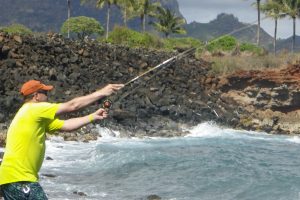

 93
93 